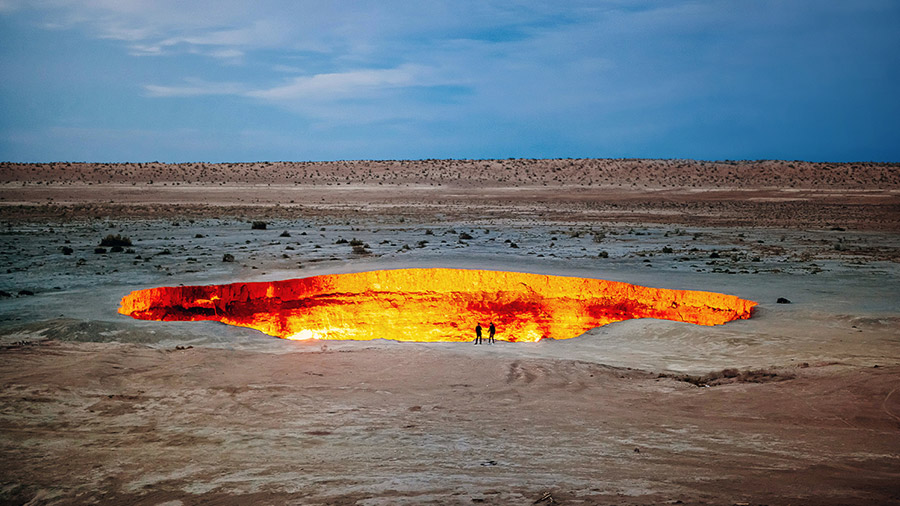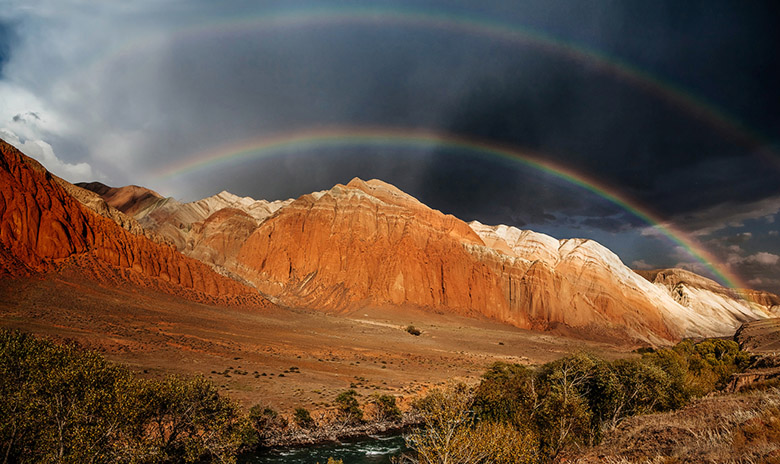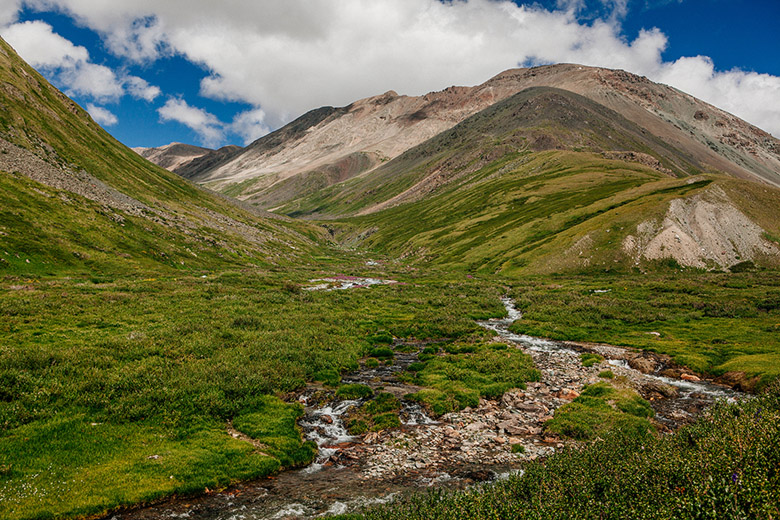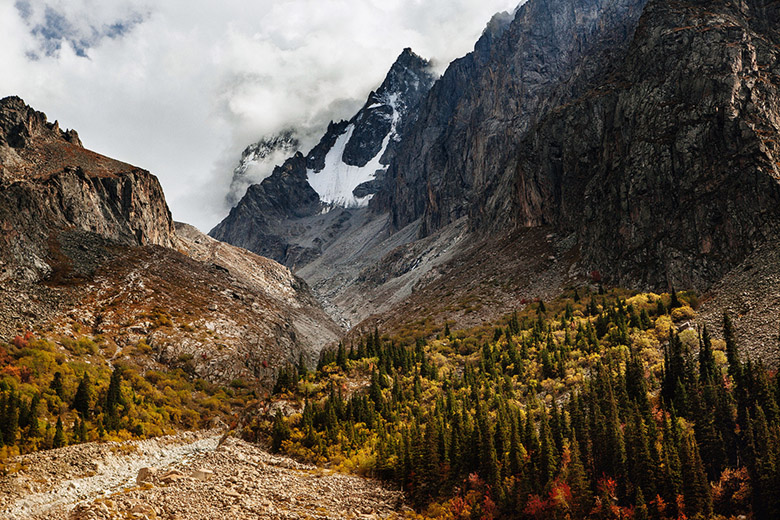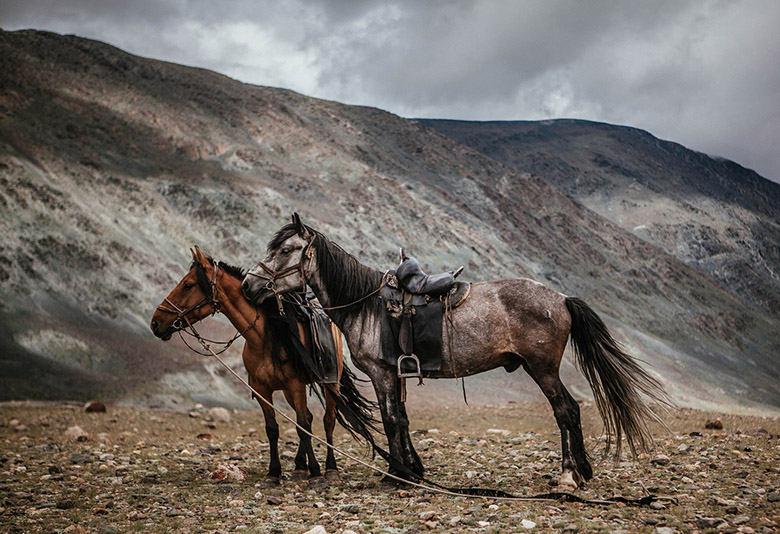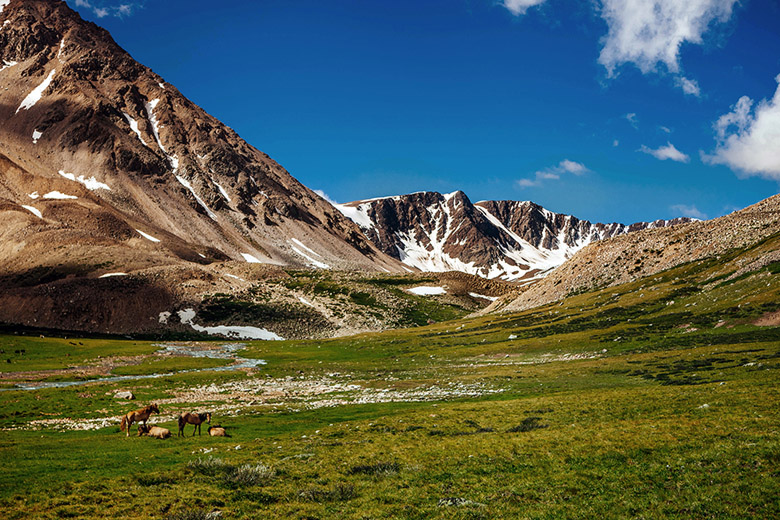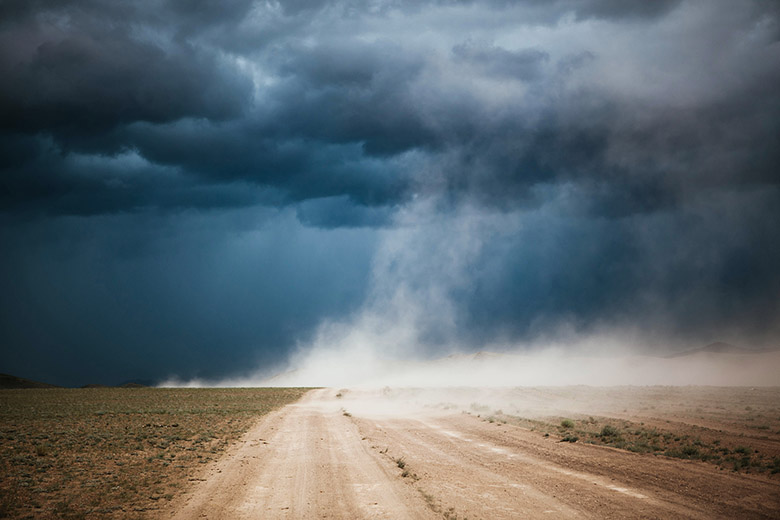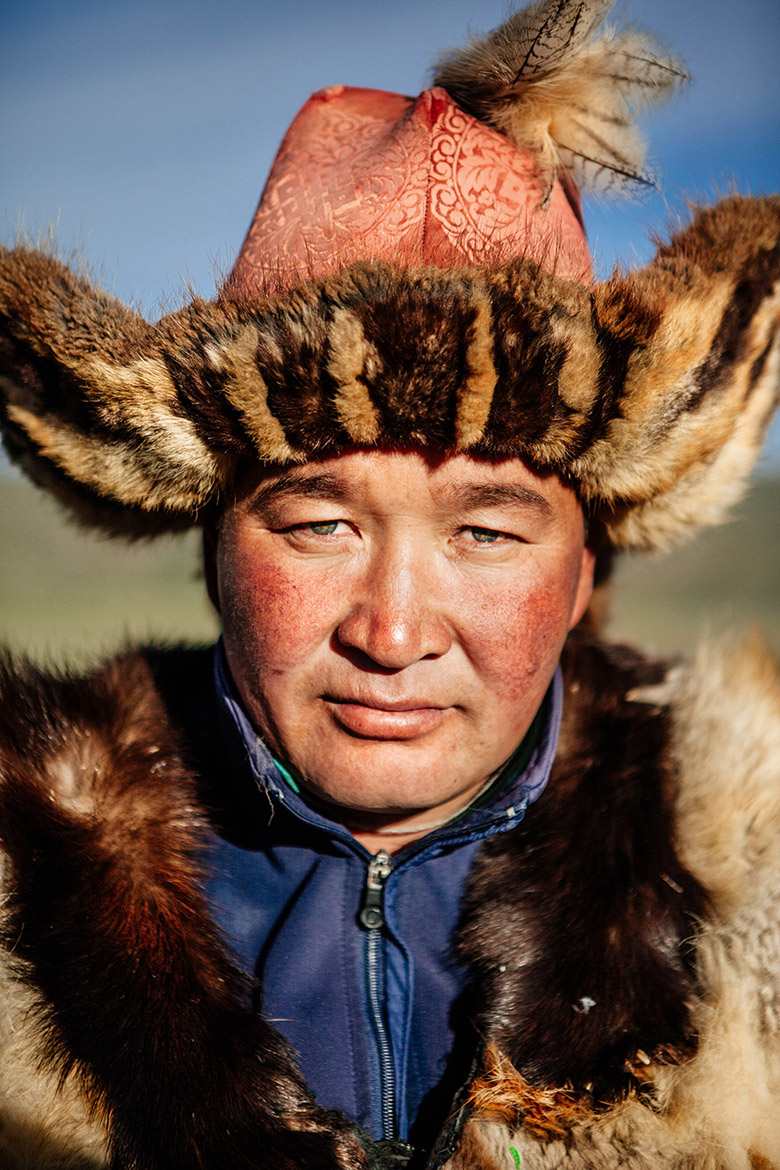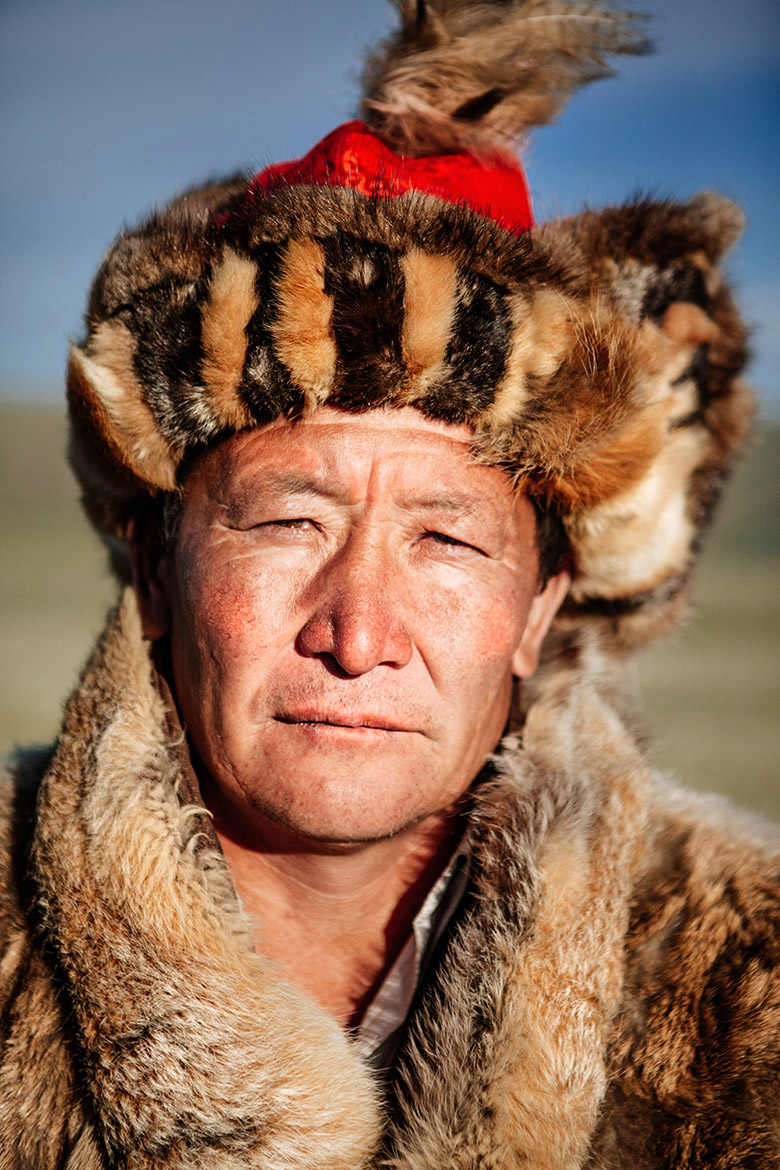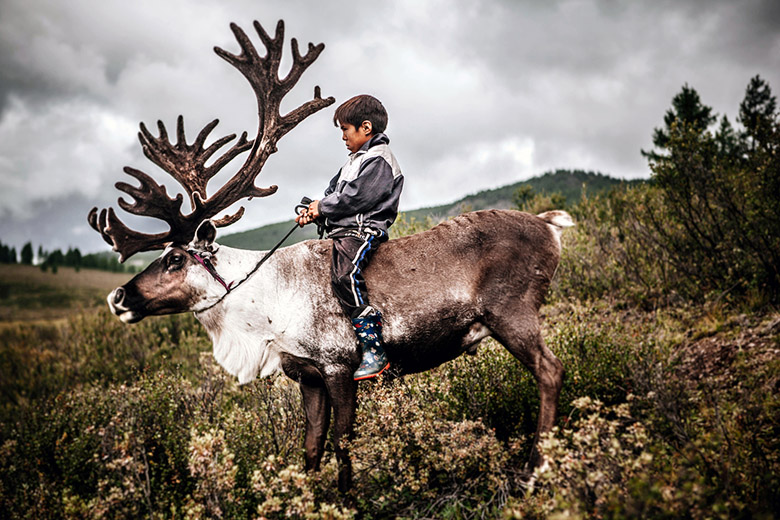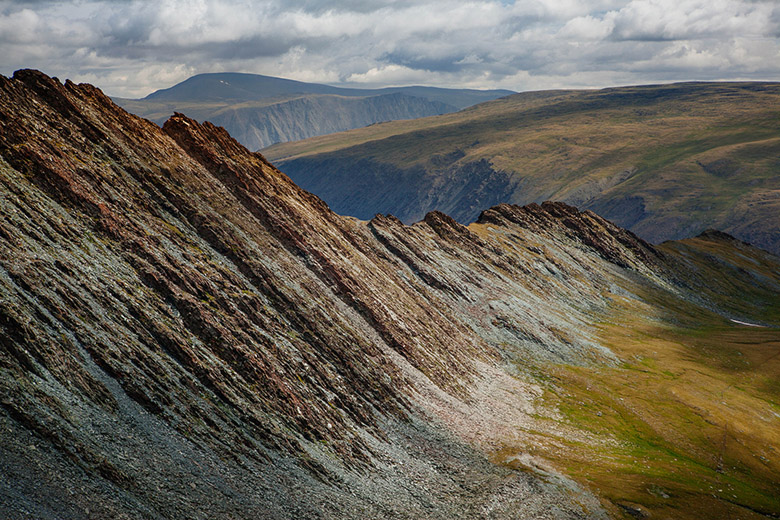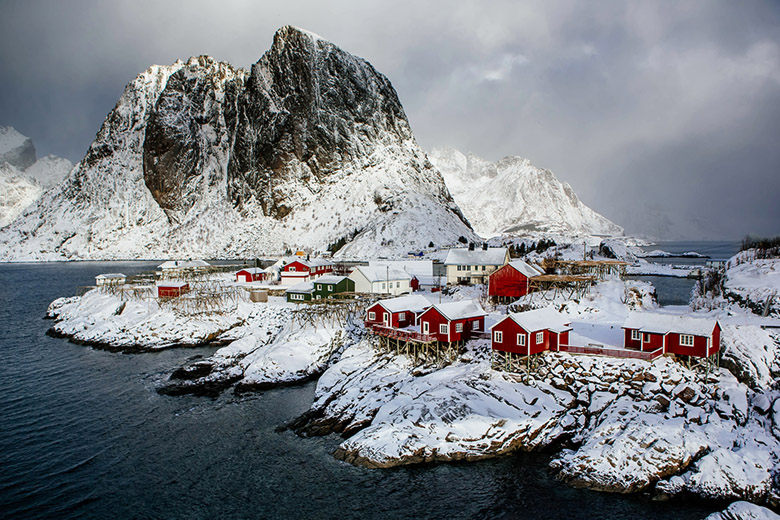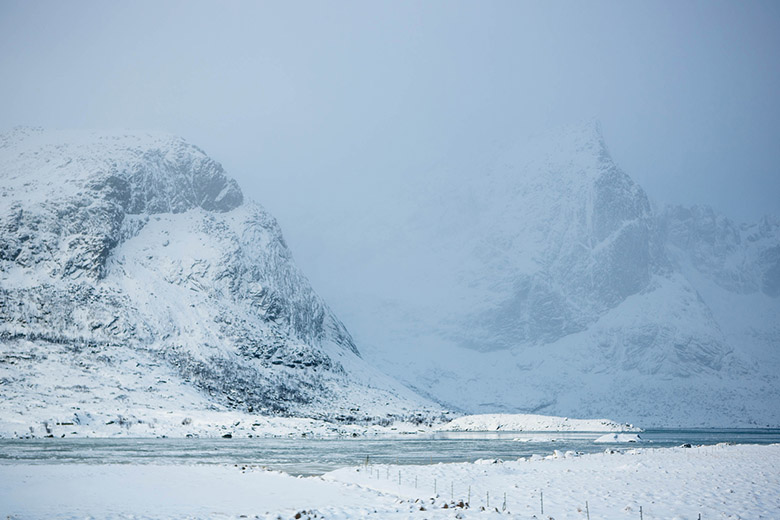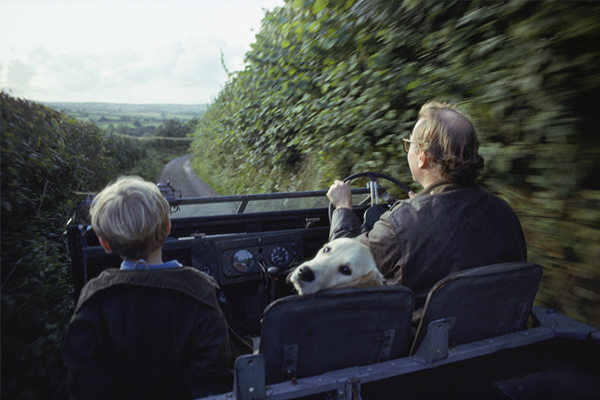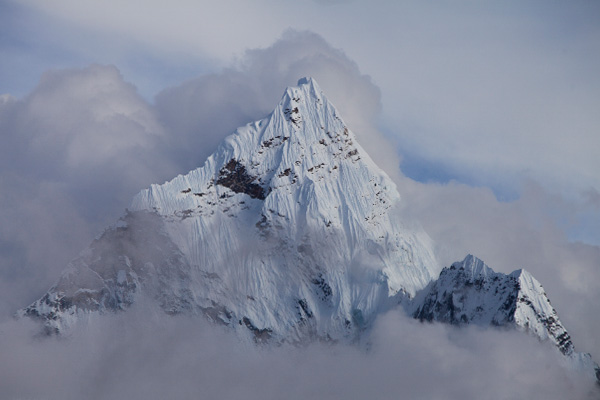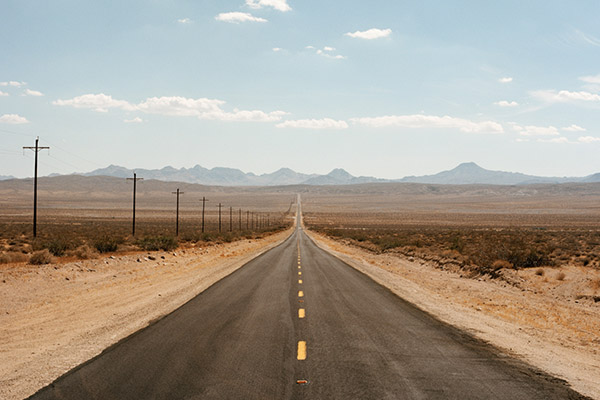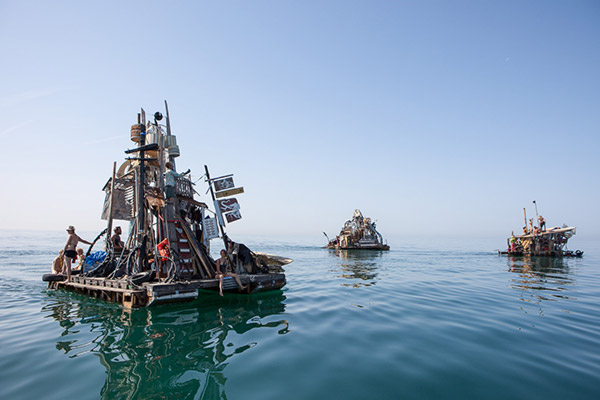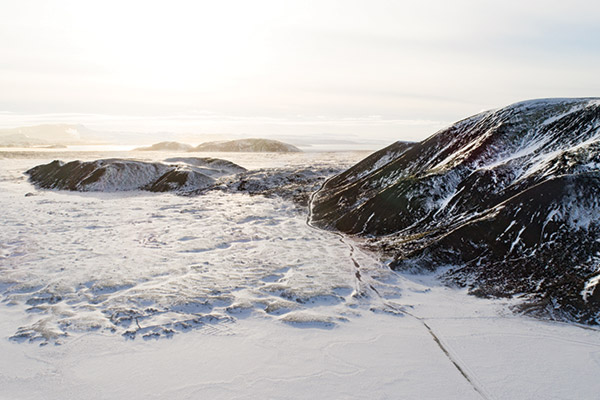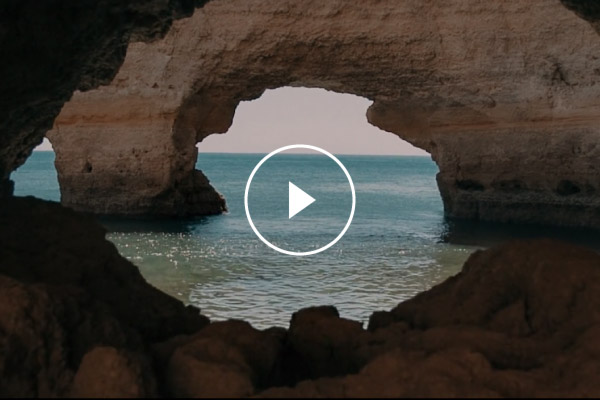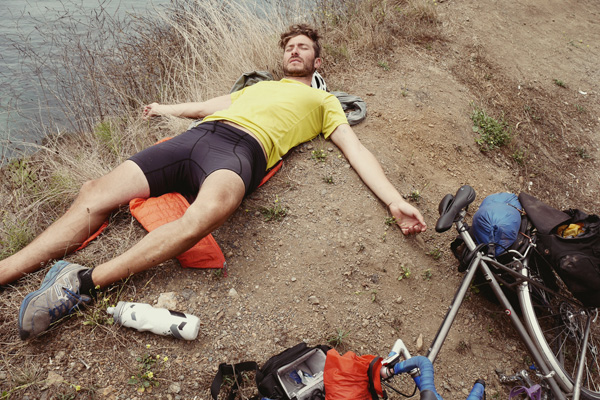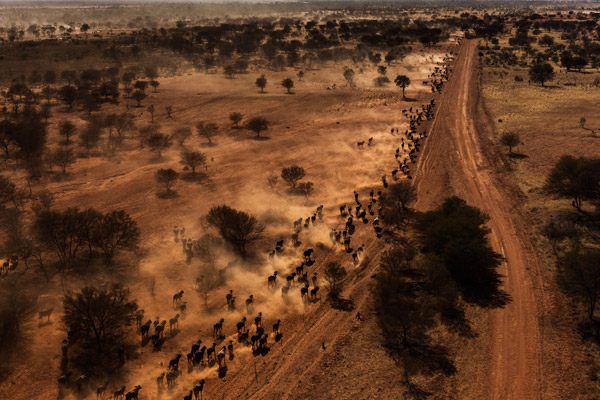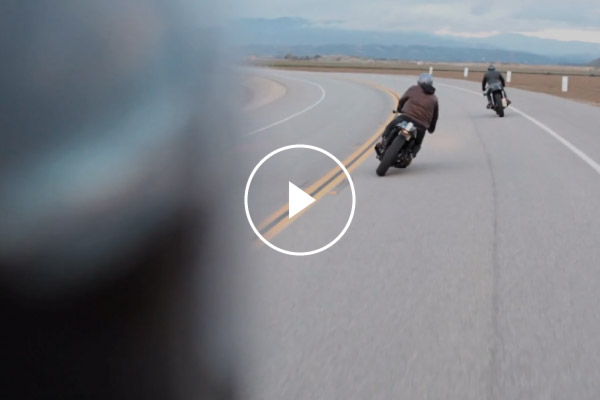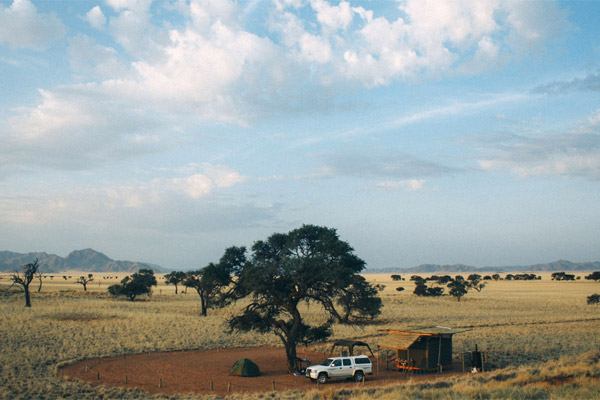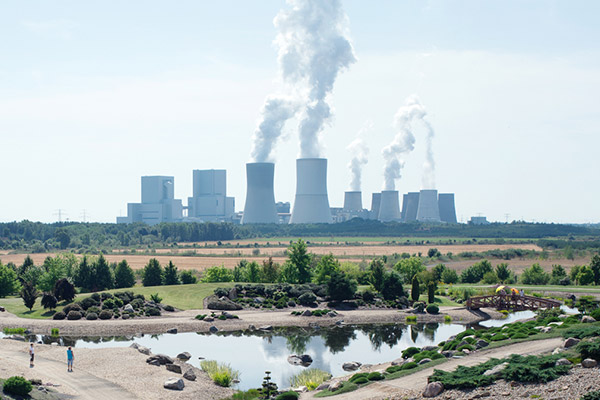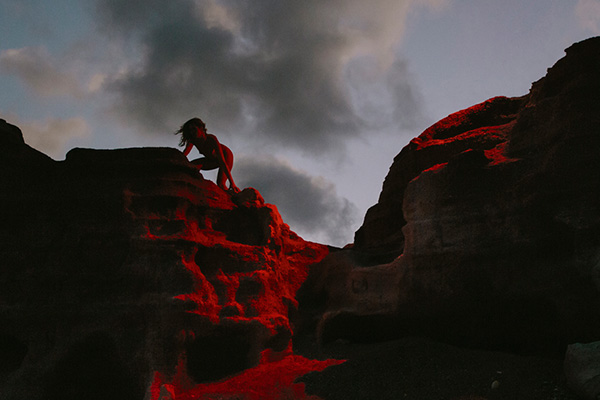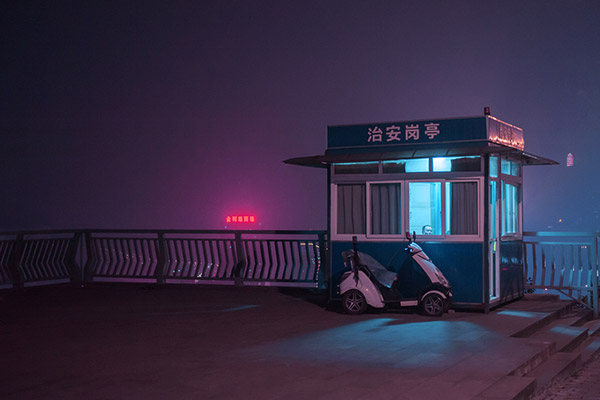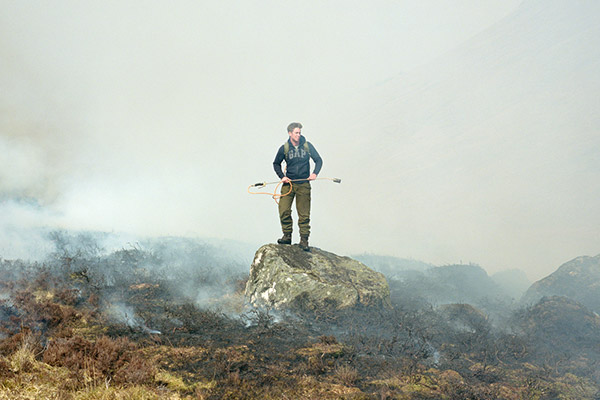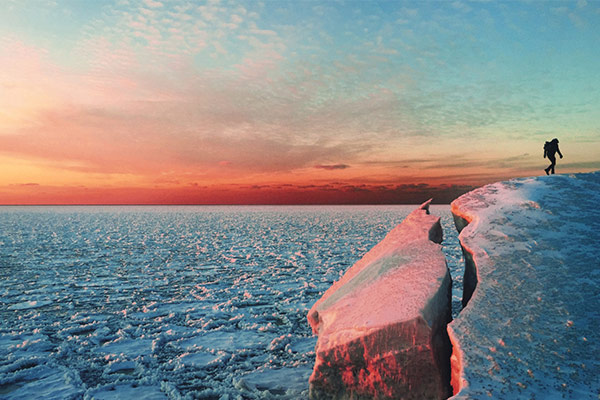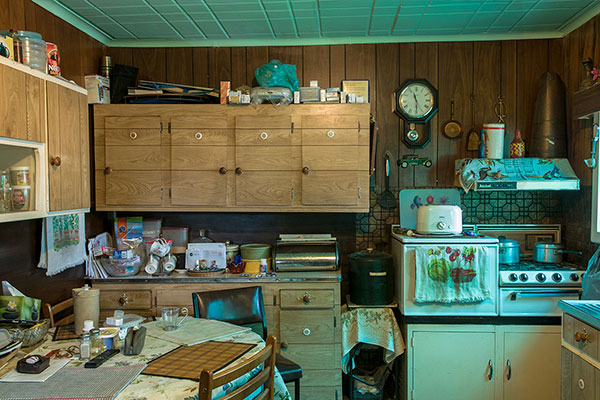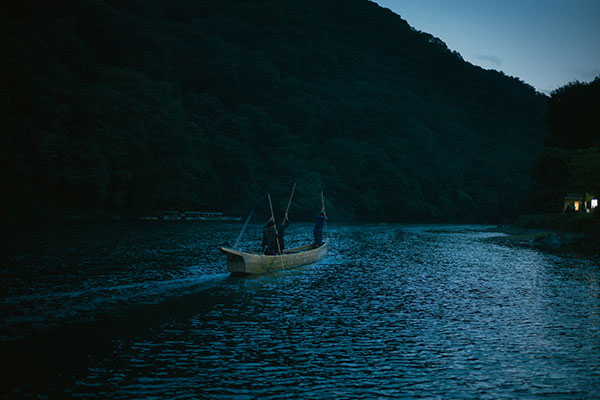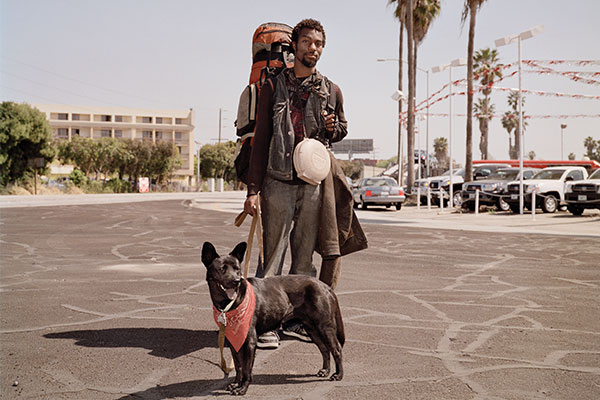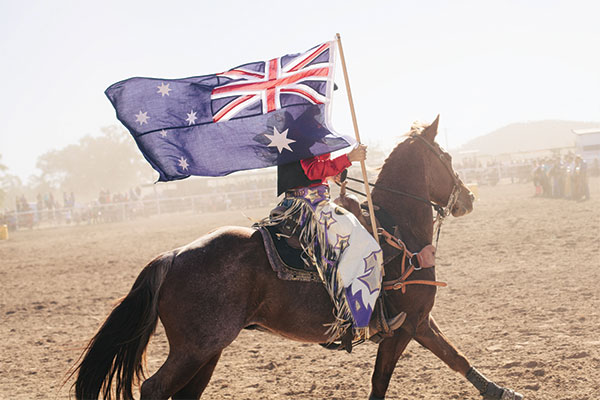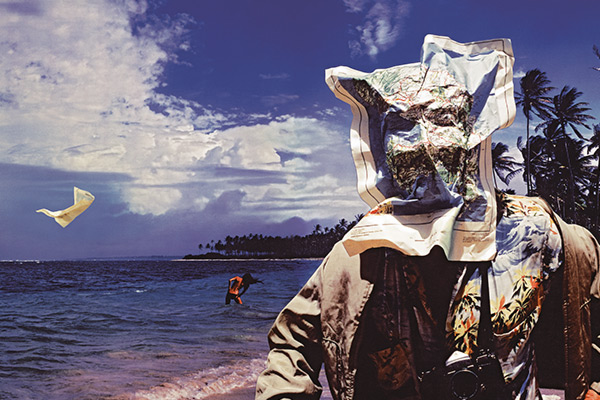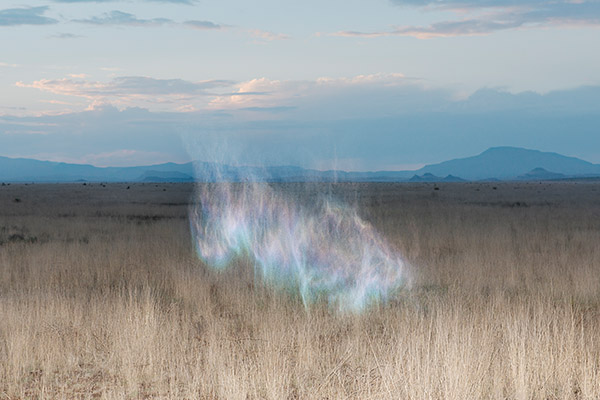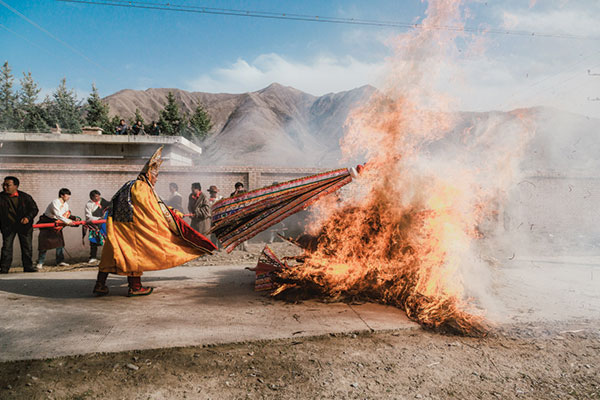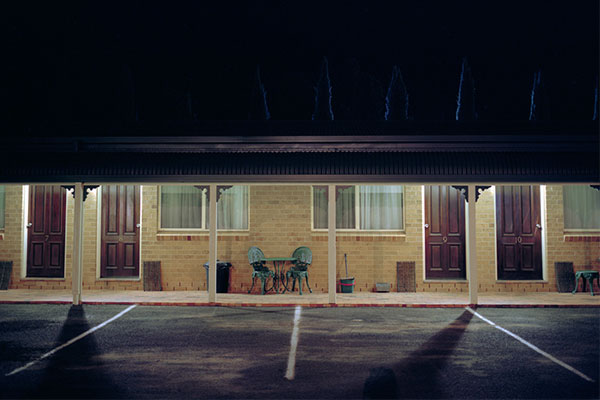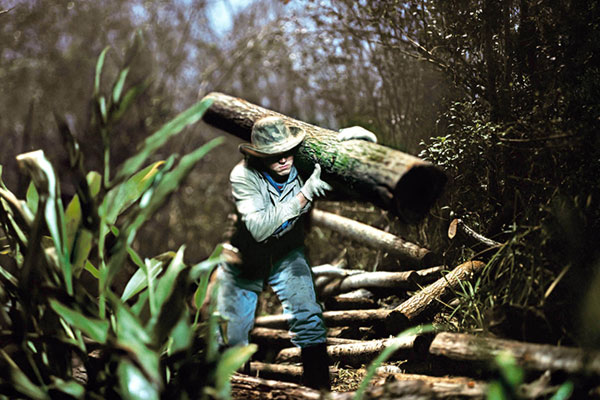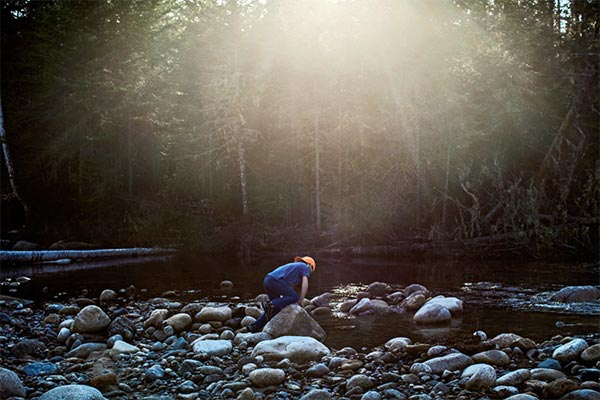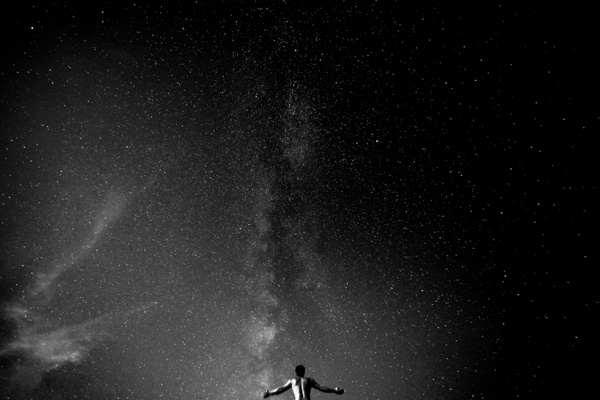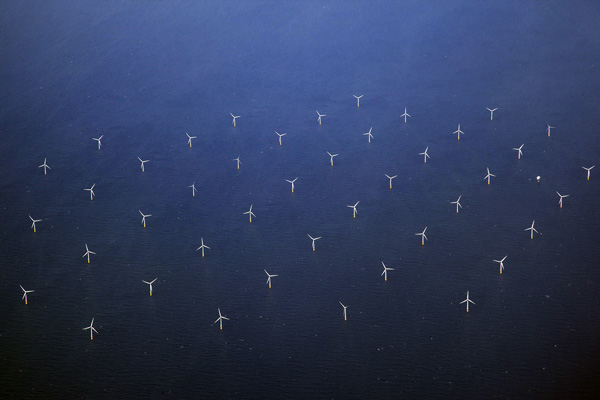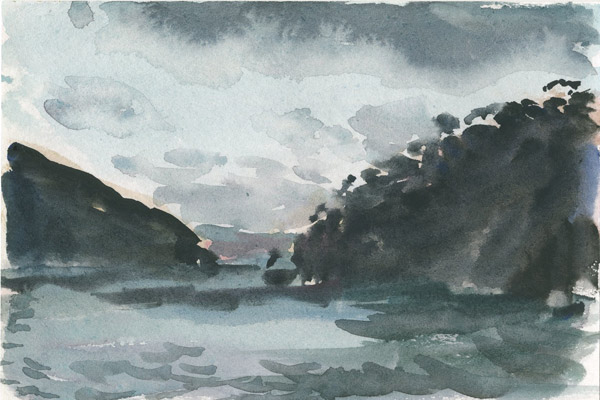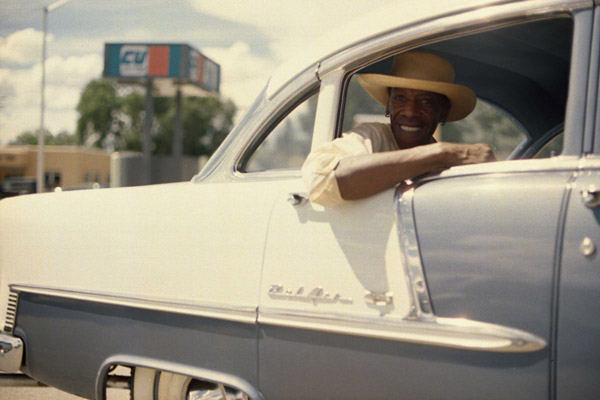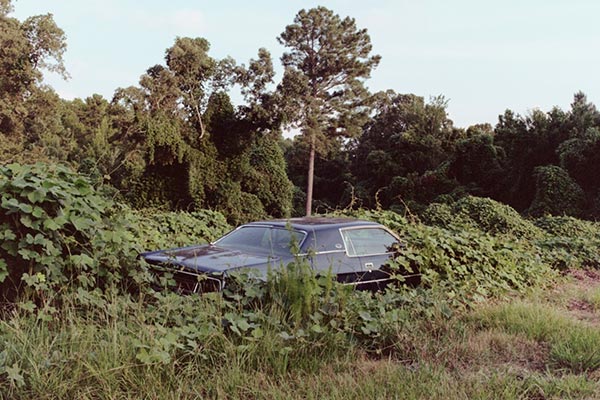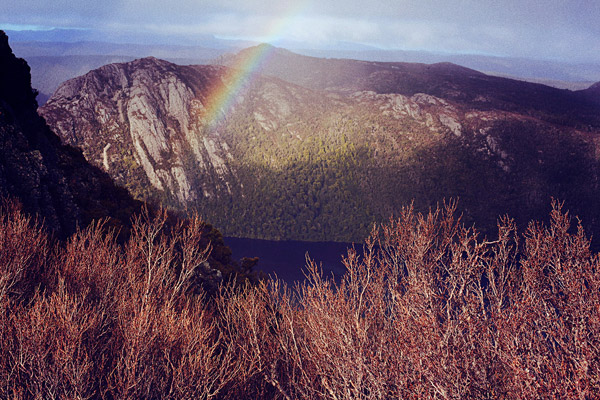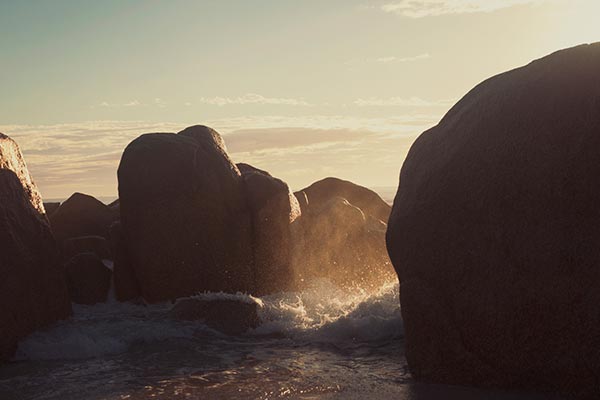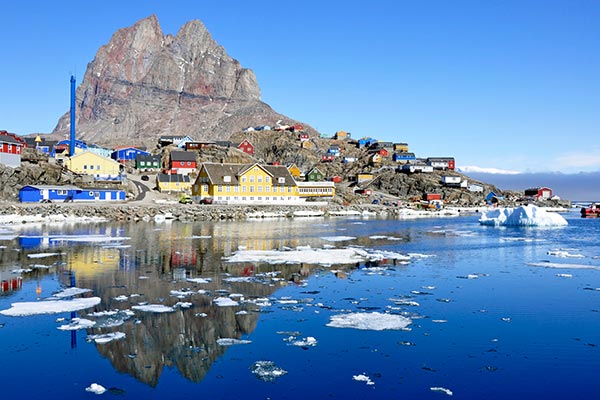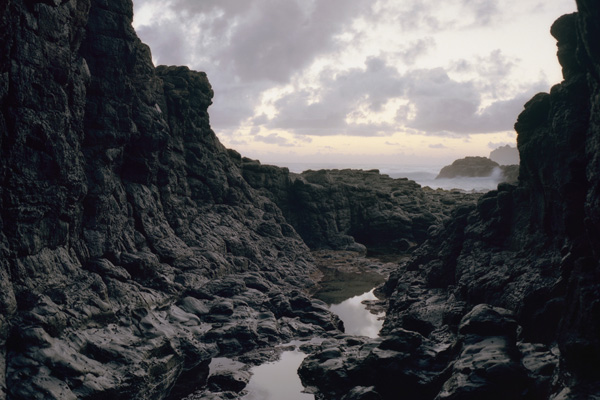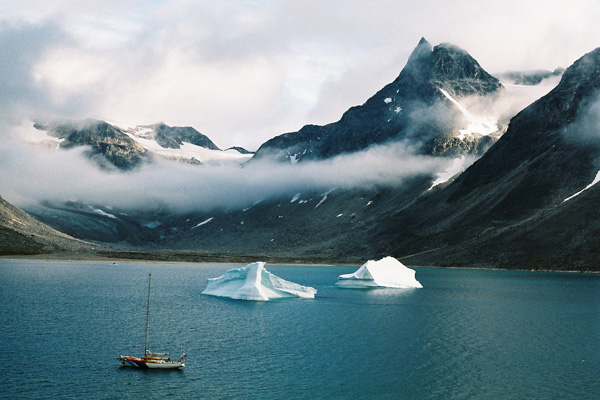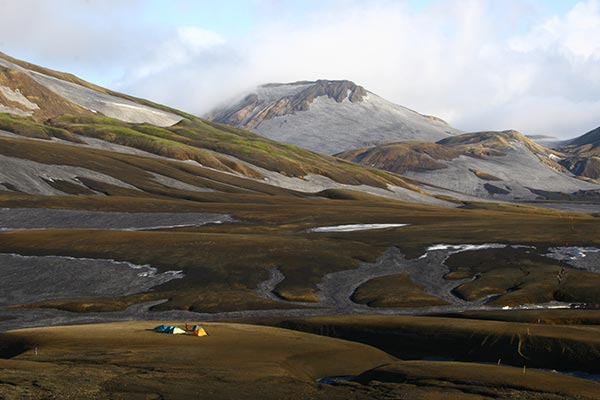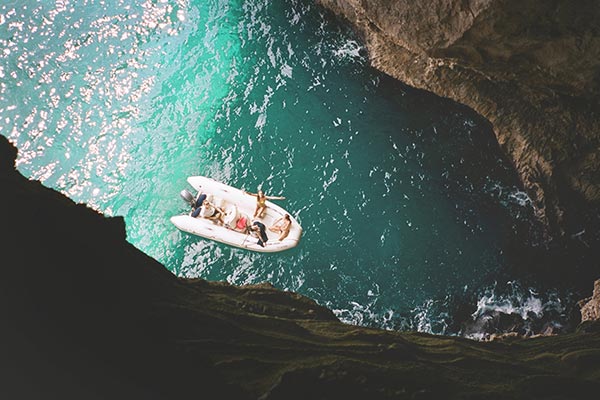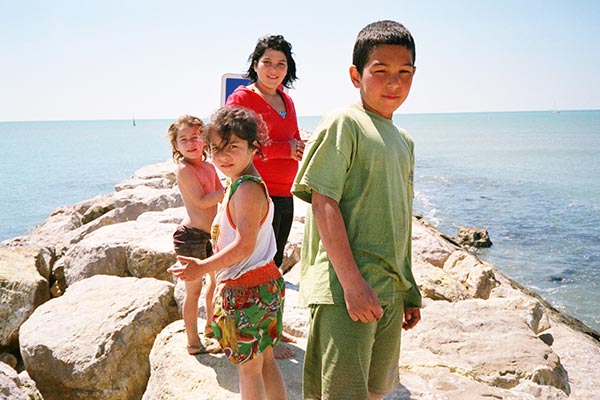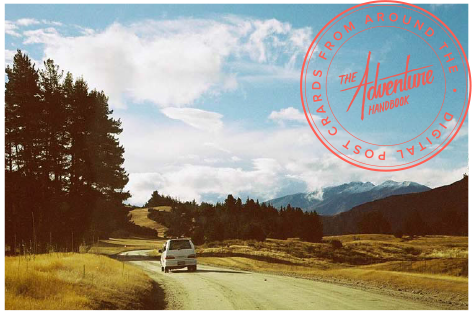Not too long ago Australian photographer Dominique Mills disappeared alone for 2 months into the Mongolian Altai Mountains. She emerged transformed with beautiful stories to tell, and the AHB were lucky enough to catch her before she disappeared again, this time on a dogsledding adventure in the Finish Lapland.
We had a phenomenal chat about her latest body of work Solivagant, what it can mean to be a solitary, female traveller, and how she learned she had the capacity to stand up and save herself.
Your series Solivagant means ‘to wander alone’. What inspires you to pick up your camera and travel alone to these far off places?
I have always been one to take the road less travelled. Whether it’s in conventional Western Europe, the Balkans, Central Asia or even the Middle East, I’ve always found myself more at home camping in the mountains or visiting a small village rather than a bustling city. In all honesty, this originally was not due to any particular bravery or higher purpose on my part; it was merely a manifestation of my social anxiety. Going off the beaten track served as a fantastic way to satisfy my urge to travel whilst also avoiding crowds and tourist culture. As I drifted further towards the outskirts of what many consider ‘normal’ travel for someone of my age, I had no idea what I was doing required any sort courage or was indeed anything special. To me, forging this new path seemed like the easier option and one that most definitely had to be undertaken alone. It was only when I came home after my first big stint of travel that I realised that what I was doing was not only special, but admired by many.
Six years have passed since my first solo trip and what drives me now is not fear or anxiety but pride in my ability to assimilate into the obscure and a passion for photographing the hidden or forgotten.
Our society teaches us that to be alone is to be lost, to be unattached is to be friendless. So many people fear loneliness and drown out the company of their own thoughts. My many weeks of isolation and exploration forced me to realise that ultimately; I needed to be my own companion and my own saviour to survive.
You said you consider yourself primarily a visual storyteller. Is photography something you’ve done for a long time
Photography has been a driving force for me since a very young age. There was something about capturing a unique moment in time that would always astound me and I would run about my small world wasting rolls of film, snapping away on countless disposable cameras. Those were the days before careful composition or perfect exposure. They were blurry photos, a mess of green and blue, just to remember the way the world spun as I ran breathlessly down a hill. Nothing mattered except recording the moment in the most honest way. 15 years later and not a lot has changed. I still find myself drawn to the same sort of evocative, emotional imagery that tells a story first and foremost whether that is the story of a person, a family, an animal or a landscape.
What draws you to places? Do you usually set out for long periods?
For me, travel usually means packing up my sedentary life at home in Australia into boxes and cutting ties. Because of this, I tend to plan my trips for a minimum of 6 months to make the rough transition worthwhile. What draws me to travel certain regions isn’t something I can pin down to one word. In other languages they have words that describe entire concepts or feelings that in English, have no name. The best word I can think of to describe my indescribable feelings, this hook in my soul that drives me, is hygge. It is a Danish word that translates loosely into creating a warm atmosphere, a deep sense of place and well-being, a feeling of contentment and peace with your self and your surroundings. When I first began my travels it was just a spark, a little glowing ember that I couldn’t describe but today, every place I go is in search of my hygge.
The closest I have come to it so far on my journey is deep in the Altai mountains in Western Mongolia. 500km, 2 horses, 3 camels and one faithful dog, that was quite simply my life for a month as I trekked across steppe and mountain alike. After crossing the Altai through one of the highest and most precarious mountain passes in Mongolia, I began to descend to lower altitudes and the landscape changed dramatically. The jagged peaks that I had been grasped in the fist of for so long opened into outstretched palms of vast plains, scattered with lakes and rivers of every hue. Here I could gallop for hours and still not meet the horizon. There was not another human being for many, many kilometres and I basked in the glory of being so completely free and at peace with myself. For me, this is the most beautiful thing about traveling off the beaten track.
So women, particularly younger ones, are told that travelling alone is reckless and it’s just not something we should do. For men it’s considered an almost romantic idea and many will set out by themselves without a second thought. As someone who’s embarked on many trips by yourself, is this something you’ve noticed, and if so, what do you think?
There is definitely a huge culture of fear out there amongst many women who yearn to explore yet feel restricted by their gender. To me, it seems that part of the problem is that women are vastly underrepresented in adventure literature and as a result, many young girls assume that solo travel is out of reach for them. There are countless stories that tell of a young man, lost and uncertain, who sets out on a whirlwind adventure and figures out who he really is. It is a sad reality that amongst the great classic adventure stories, very few (if any) of the protagonists are female. This breaks my heart because whilst it is an unfortunate truth that travelling as a single female has a unique set of challenges, it is an experience I believe is endlessly valuable.
How do people react when they hear you travel alone?
A lot of people from older generations are genuinely angry at my life choices and call me irresponsible; others simply roll their eyes and dismiss me as crazy. With younger people, I am met with a barrage of questions followed swiftly by a whole host of assumptions that I am some super human who has no fear. Truth be told, there have been many times I have been scared or felt weak during my time travelling.
I still find myself drawn to the same sort of evocative, emotional imagery that tells a story first and foremost whether that is the story of a person, a family, an animal or a landscape.
To me some your work has a sort of solitude about them, similar to reading a Rebecca Solnit passage. Do you think being alone affects your work?
My photography fuels my travels and my travels fuel my photography. My imagery definitely feeds off this idea of ‘the solitary wanderer’ — I begun to play with this a lot more in my most recent body of work, Solivagant. When I began this journey, I found myself continually drawn towards empty landscapes devoid of people or structures. I wanted to evoke a pervading sense of complete isolation but in a warm, comforting way. It is important for me that I help others to understand the beauty in this way of travel, to push my viewers to see that isolation and loneliness isn’t necessarily a negative but rather a resounding positive.
There’s beautiful portraiture scattered through out your work, they convey a lot of respect and dignity to your subjects. Are they people you meet along the way?
I could not have completed this journey without help from the beautiful, kind and giving people that I have met along the way. Those pictured in my work are the people who allowed me into their homes, fed me, clothed me or simply shared their lives with me in the most beautiful way. Every place I have lived, I have made the greatest of friends and it is my compulsion to try and document their character in the most honest way I can.
What’s happening in the image of the boy riding the reindeer?
I was lucky enough to get to spend a week in the remote region of Northern Mongolia inhabited by the Tsaatan reindeer herders. The Tsaatans (meaning ‘those who have reindeer’ in Mongolian) are a tiny and dwindling group of Turkic reindeer herders, one of the last tribes of such herders in the world. There are only an estimated 45 families left and they live difficult lives spent constantly on the move, weathering unspeakably harsh conditions. It took a day on horseback through rough terrain to reach the tribe. Not long after my arrival, I was ushered through the camp to meet Ganaa, a small and stocky man with a wide grin and more offspring than you can count on one hand. He and his wife quickly made me at home in a small teepee, a moveable structure completely different from the yurts and gers of the Kazakh and Mongolian nomads that I was used to. Their son, Jijgee, is the boy you see pictured. He rides his reindeer as he undertakes daily tasks such as collecting the herds after a day of grazing and scavenging for edible berries.
What inspires you in life other than your travel & storytelling?
I love to read stories just as much as I love creating them. Both classical and modern literature is a huge influence on me as a person and the stories I learn about inspire me to push myself beyond my boundaries and to never stop exploring.
Is there something you’ve learned that you think you otherwise might not have, had you not made the decision to travel alone?
My journey has imparted more lessons on me than I can count, from discovering that I can (and will) fight for my life when push comes to shove or finding out that no matter where in the world I am, there are always friends waiting to be met. The most important lesson learnt on this journey was how to make peace with myself and my own company. Our society teaches us that to be alone is to be lost, to be unattached is to be friendless. So many people fear loneliness and drown out the company of their own thoughts. My many weeks of isolation and exploration forced me to realise that ultimately; I needed to be my own companion and my own saviour to survive. I found an immense sense of satisfaction in building connections as I went, fighting for every opportunity and working for every sheltered night. Travelling alone forced me to come out of my shell in the best possible way — and to finally make peace with this cacophony of thoughts and feelings I’d spent my whole life trying to drown out.
Your Instagram says you’re travelling in Norway at the moment?
I am now working on a small farm very close to the Swedish border, living with a beautiful and kind Norwegian family. It was a long road that led me to this strange arctic world but it was a dream of mine to visit the Arctic Circle. When I finally arrived after 4000km of driving, I was overwhelmed by the beauty of the landscape I was in. I had expected the aesthetic chaos that comes with being submerged in a world devoid of colour; what I did not expect was how the light changed as I journeyed further north. It was a world desaturated, bathed in the other-worldly hue of a perennial twilight. Even at midday, the air harboured the unmistakable ice-blue tone of winter.
Interview with Dominique Mills by Megan for AHB
Receive a postcard from us sign up



